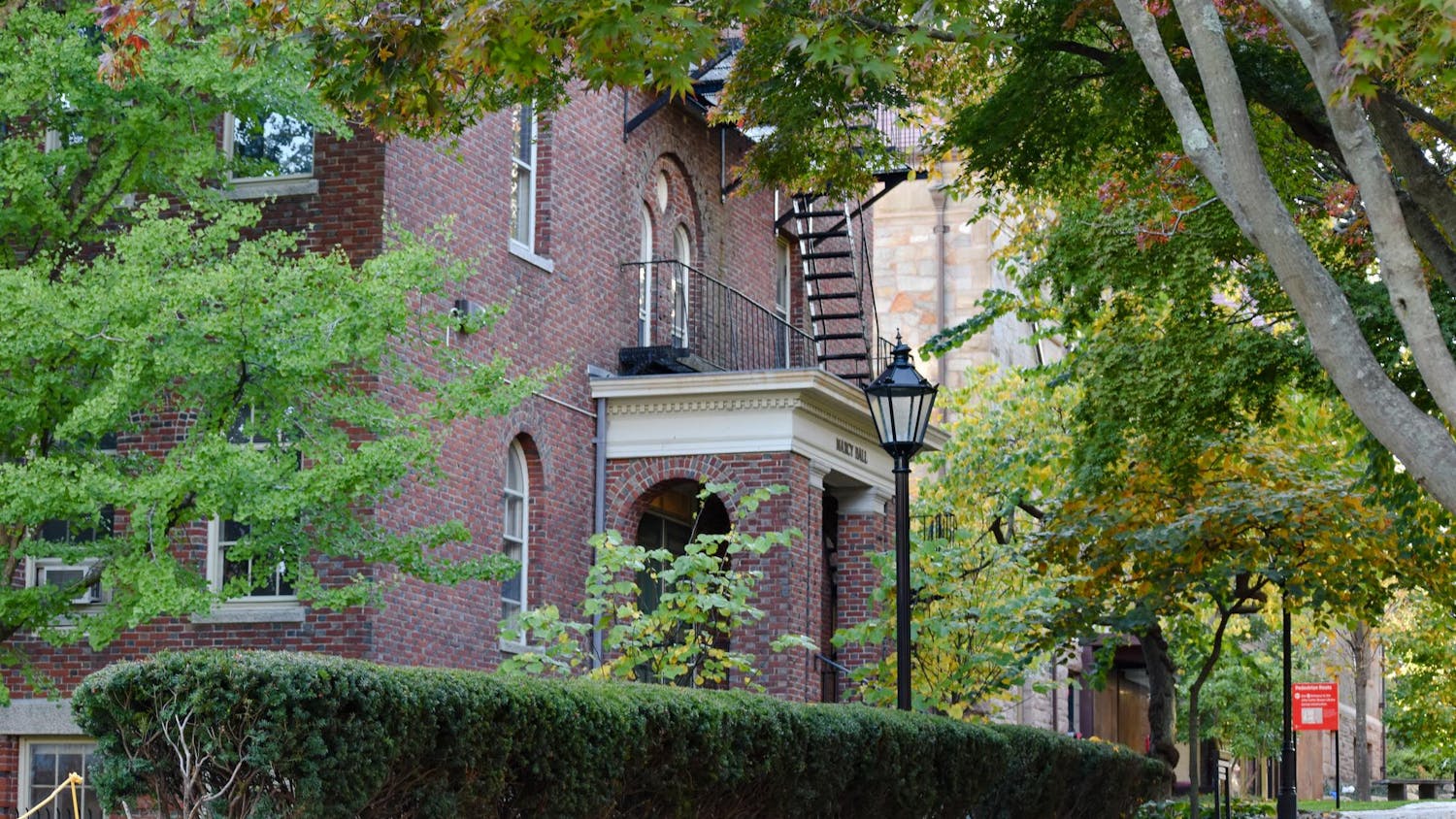In the latest edition of the U.S. News and World Report 2017 Best Medical Schools rankings, the Alpert Medical School maintained its rank as the 35th-best research school and rose to the 32nd-best primary care school — up from 57th place last year.
The rise in Alpert’s primary care ranking can be attributed to another data point. The percentage of students who choose to go into primary care “plays a significant role” in the final ranking, said Jack Elias, dean of medicine and biological sciences.
The fluctuation of the Med School’s primary care ranking, which jumped 25 spots this year alone, “is due to changes in its reported average proportion of MD graduates going into primary care,” wrote Robert Morse, chief data strategist at the U.S. News and World Report in an email to The Herald. Because the Med School reported a higher percentage of graduates going into primary care — 42 percent in 2017 compared to 38 percent in 2016 — its primary care ranking rose, he wrote.
Still, the Med School is more selective than its rankings imply — it is the fifth-most selective medical school in the nation and accepts just 2.8 percent of applicants. Moreover, the Med School has seen an approximate 100 percent increase in applications over the past five years, said Allan Tunkel, associate dean of medical education. The number of applicants rose from 3,344 in 2012 to 6,384 in 2016, wrote Tunkel in a follow-up email to The Herald.
The administration at the Med School attributes this discrepancy between rankings and selectivity to the admission philosophy of the medical school. Twenty percent of a school’s research ranking and 15 percent of a school’s primary care ranking is calculated by combining the median MCAT score, median undergraduate GPA and acceptance rate of the medical school. But admitting a student is “not just about the numbers,” Tunkel said. Alpert tries to attract students who understand its holistic approach to medicine, he added.
More applicants have applied to Alpert over the years due to “word of mouth that (the Med School) provides an outstanding education,” Tunkel said. He also credits the rise in interest to the development of new programs aside from the traditional MD track.
For example, a new program that combines the traditional MD program with a Master of Science in Population Medicine began this fall, Elias said. It is the “only program of its kind in the United States” and has “attracted significant interest,” he added.
The Med School has also created programs that combine MD degrees with doctoral degrees or a master’s in public affairs.
Out of the approximately 6,200 applications Alpert received last year, about 800 applicants expressed interests in programs separate from the traditional MD track, Tunkel said.
Additionally, Alpert has expanded its interdisciplinary initiatives, Elias said. The Med School has hired Elizabeth Chen and Neil Sarkar to lead the Center for Biomedical Informatics, which is, “the first effort to bring together big data and the medical school,” Elias said. Alpert also launched the Rhode Island Center for Clinical and Translational Science, which “brings basic science research and clinical care together so that the research is disease-focused and can lead to new treatments,” he added.
Alpert can afford the new additions to its faculty and curriculum because of an increase in graduate funding, Elias said. Grants to the medical school have increased 50 percent over the last three years, he added.
When applying to medical school, students took into account the academic reputation and fit at Alpert.
“I consulted the U.S. News rankings” because “there are so many medical schools, it’s hard to sort through them all,” said Benjamin Young MD’16. But in the end, he chose Brown over the higher-ranked Vanderbilt because of its “fit and feel.”
Other students have echoed Young’s sentiment. “I was looking for the right fit … and an environment where I could thrive,” said Rachel Blake MD’16. “I looked at the criteria (U.S. News and World Report) used, and I didn’t think that it aligned with what I was looking for in a medical school,” she added.
“We look at the rankings,” Elias said, but the new programs and initiatives are not created with the rankings in mind. “It’s our belief that if we continue to make the medical school better, the rankings will take care of themselves.”




